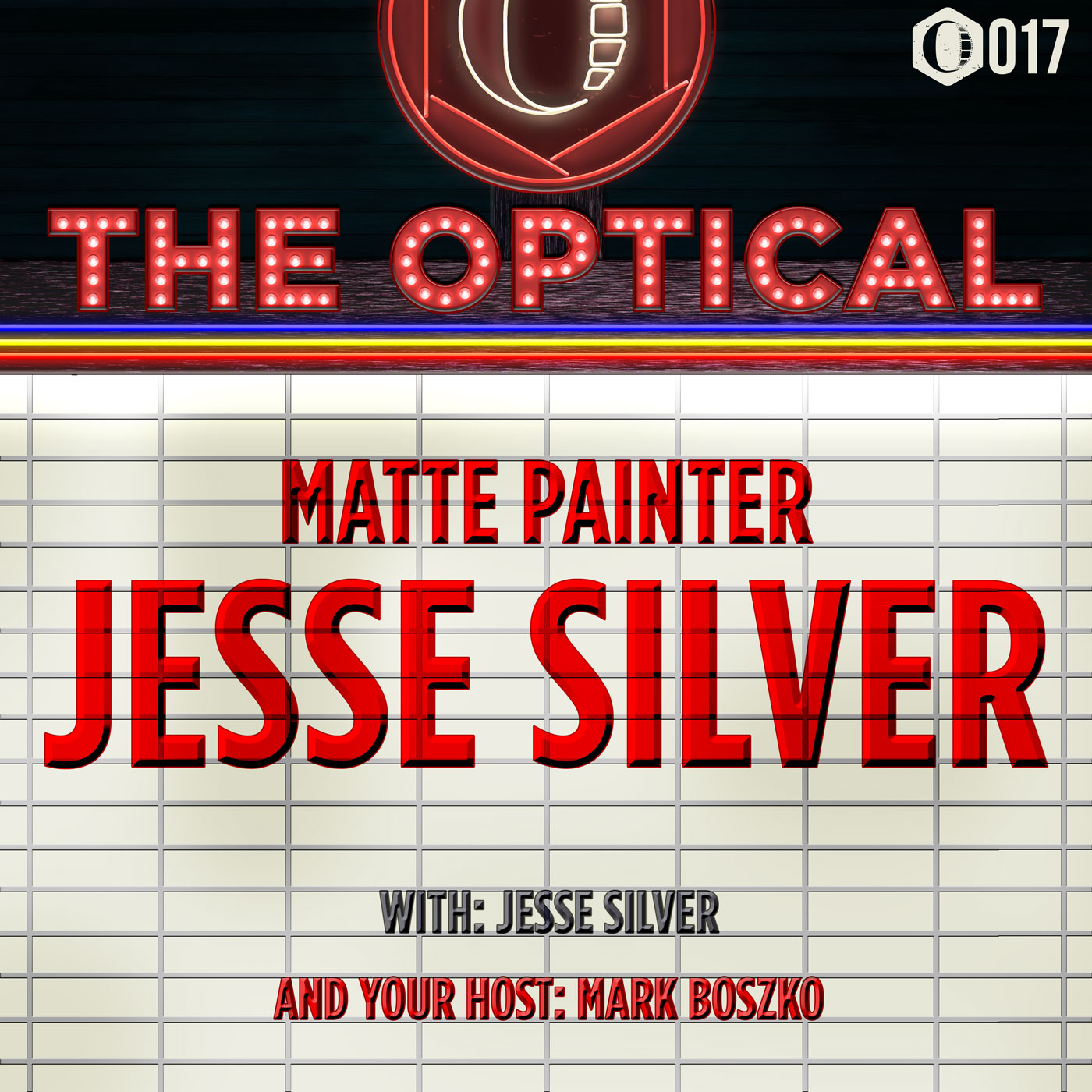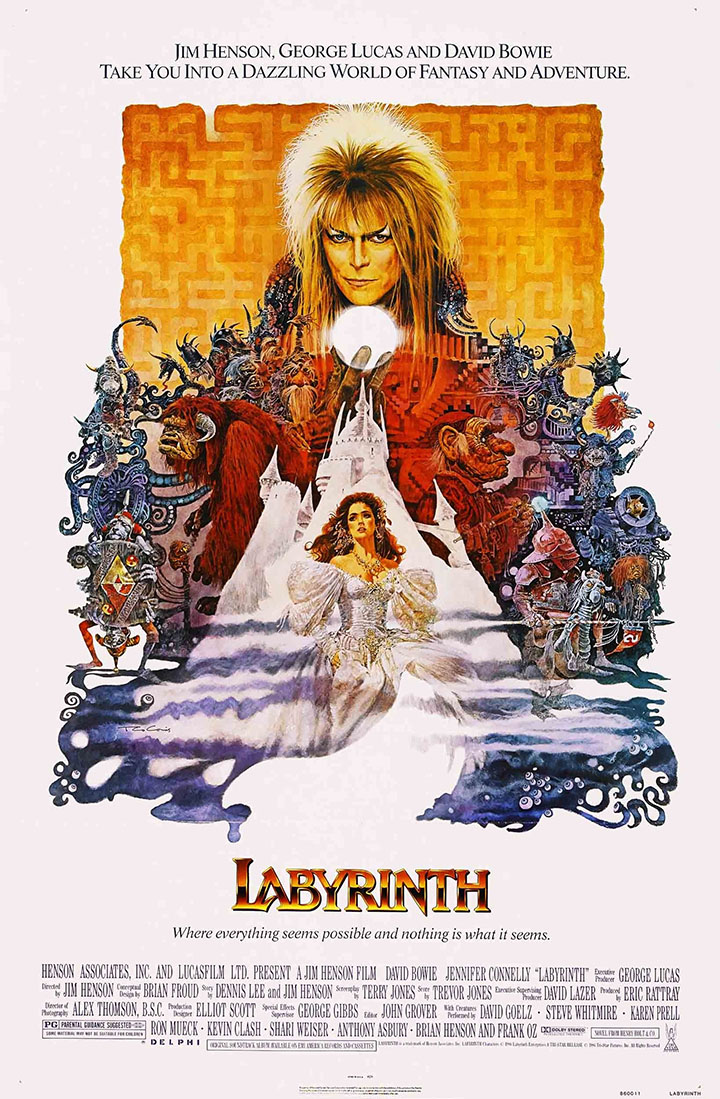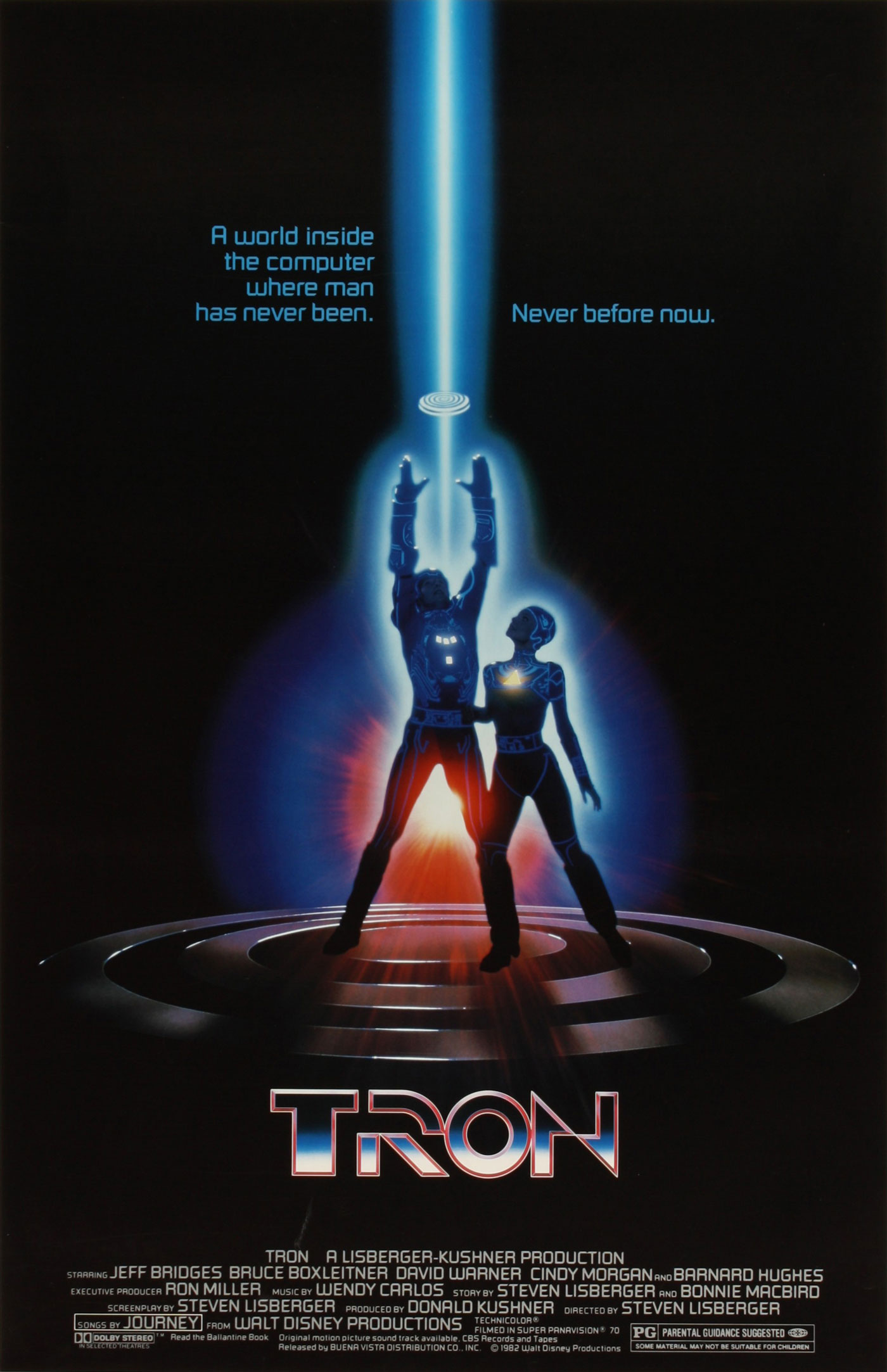Episode 017 March 2015
We chat with matte painter Jesse Silver about his work on Tron, Something Wicked This Way Comes, Labyrinth, moving from real paint to digital for Super Mario Bros., and one high-pressure effects house that had phones in the toilet stalls.
About The Optical
Host Mark Boszko takes you on a journey back through the annals of Cinefex magazine, talking about the movies and topics they covered 30+ years ago. We talk to people involved in the films, people who make movies, and people who love movies, and have a fun time doing it.
Subscribe
- Subscribe free in iTunes, and get this episode plus every new one. Also for iPhone, iPad and iPod.
- Follow us on Soundcloud
- Feeds for other pod-catchers
Direct Download
- Please use the download button in the Soundcloud player.
Listen Now
Revisiting:
Cinefex 12

Special thanks to Cinefex for access to these out-of-print back issues.
Even though these are out of print, you can now download and read along with Issue 12 — and every other back issue of Cinefex — in the Cinefex iPad App. Download the free iPad app now!
Special Guest:
Jesse Silver

- Matte painter, background artist, and VFX supervisor on numerous films
- Silver Image Service
Follow Along
Show Notes
Research Materials
- Tron (1982)
- Something Wicked This Way Comes (1983)
- Moving Innovation: A History of Computer Animation by Tom Sito
- Cinefex number 12
More Bits
Emerald City Comicon Panel:
Sarcastic Voyage: Sketch Comedy for Nerds
Room: Hall D (TCC 302)
Date: Friday, March 27th, 2015
Time: 4:30PM - 5:20PM
Moderator: Ron WattIn the style of old-time radio, join the Sarcastic Voyage Unpaid Voice Acting Players for an hour of nerd-friendly sketch comedy.
- Articles on Matte Shot blog featuring Jesse Silver (If you haven't browsed Matte Shot, I highly recommend it.)
- Albert Whitlock
- Film Effects of Hollywood (and on Memory Alpha)
- The Shape of Things to Come (1979) with Jack Palance
- Our discussion of Tron (1982) in The Optical, Episode 013
- Harrison Ellenshaw
- Backgrounds vs. matte paintings: Matte paintings were meant to photograph as real, whereas backgrounds were more for animation, and weren't necessarily realistic.
- Difference Between Cold Press vs. Hot Press illustration board
- NATO (National Association of Theatre Owners) Convention, formerly known as ShoWest, the convention was re-branded as CinemaCon in 2011.
- Golden, Liquitex, and Graumbacher paints
- Tron effects segment from Walter Cronkite’s Universe series (1982)
- EPCOT
- Art Cruickshank
- Something Wicked This Way Comes (1983)
- Duvetyne, often used for blocking out light, it was originally used for dresses, suits, and coats.
- Photographic emulsions
- EASTMAN Color Negative Film 5247
- Labyrinth (1986)
- Digital Productions
- Bill Kroyer
- Texture map
- Labyrinth main titles with the digital owl
- Displacement map, which is not the same as a Bump map
- Super Mario Bros. (1993)
- Apple Macintosh Quadra 900, and its successor, the Quadra 950
- Robert “Bob” Scifo, matte artist
- NEC SpectraView II
- Wacom Cintiq
- Robert Abel & Associates
- Moving Innovation: A History of Computer Animation by Tom Sito
- John Hughes, co-founder of Rhythm & Hues Studios
- Amerika (1987)
- Lee Dyer
- Ellen Somers
- Warner Bros. Imaging Technology (WBIT, pronouned “wabbit”), which later became Warner Digital Studios
- Coneheads (1993)
- Free Willy 2: The Adventure Home
- A Little Princess (1995)
- Alfonso Cuarón
- Marvin the Martian in the Third Dimension (1996)
- Just what is a full negative, anyway? Jesse Silver followed up with this answer:
In the dim dark days of the Pre-Digital universe when we made effects by layering various elements together using an optical printer or a matte camera we would order the elements to be shot as "full" negatives. Essentially the shots were overexposed by 1/3 of a stop. This made for a heavier negative - lighter positive = heavier negative. The purpose of this was two fold. The full negative provided more information and tonal range in the shadows, and the beefier negative contained more grains which essentially reduced the apparent graininess of the image. Since graininess increases with each generation of duping, a smoother looking negative reduced this flaw.
- Mike Fink
- Mars Attacks (1996), which has the dubious distinction of being the movie I saw the night before my son was born. ;-)
- Batman & Robin (1997)
- Contact (1997)
- Vegas Vacation (1997)
- The Core (2003)
- BASEketball (1998)
- Astro Boy (2009)
- Osmosis Jones (2001)
- Eight Crazy Nights (2002)
- Be Cool, Scooby Doo (coming Fall 2015)
- Our discussion in The Optical, Episode 003 about the demise of Rhythm & Hues, with Scott Leberecht and Christina Lee Storm of Life After Pi
- Rosewood (1997)
- Silver Image Service, Jesse Silver’s website
- Tom and Jerry: Spy Quest, due out June 9, 2015, where Tom & Jerry cross over with Jonny Quest(!)
Musical Guest:
Digital Droo
As Ever
- The Optical Aperture Logo by Mike Gower
- The Optical Theme Music by Digital Droo




